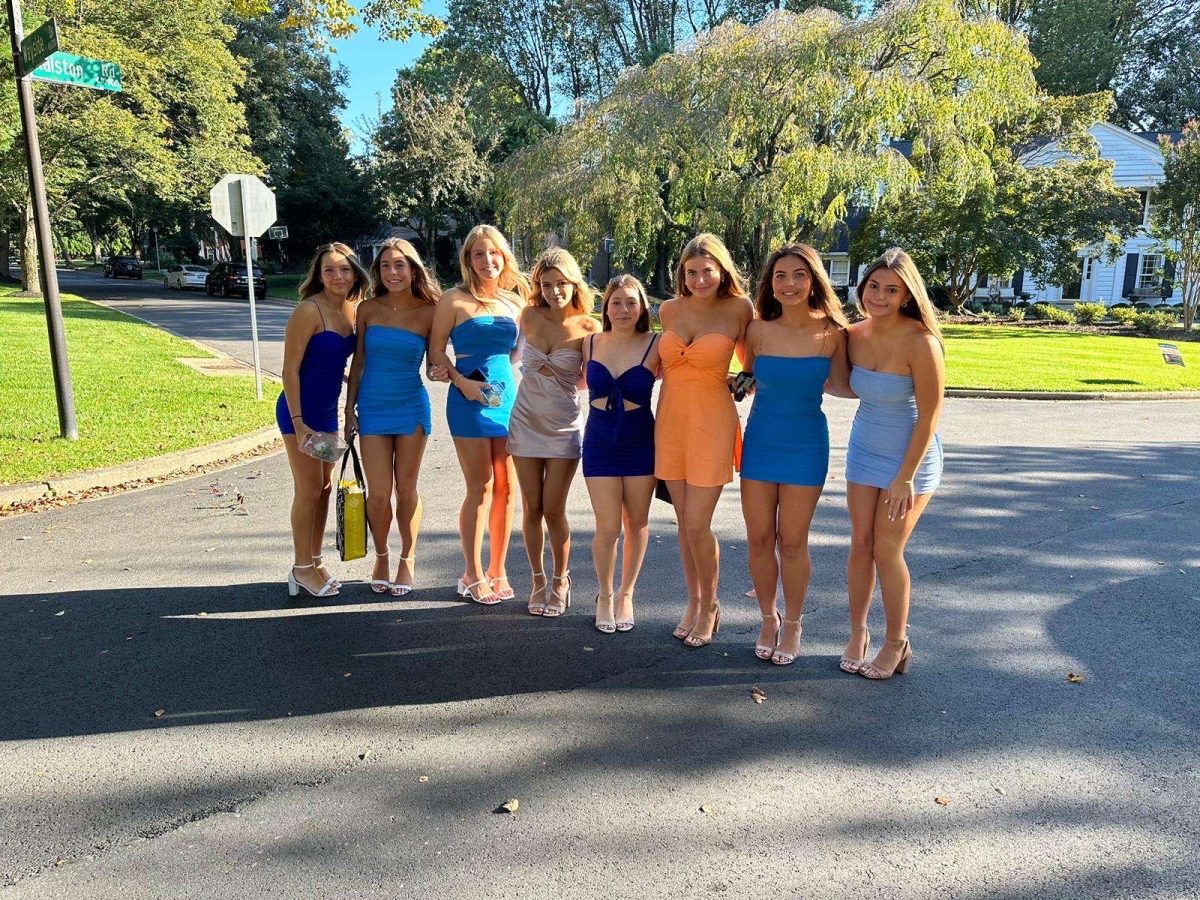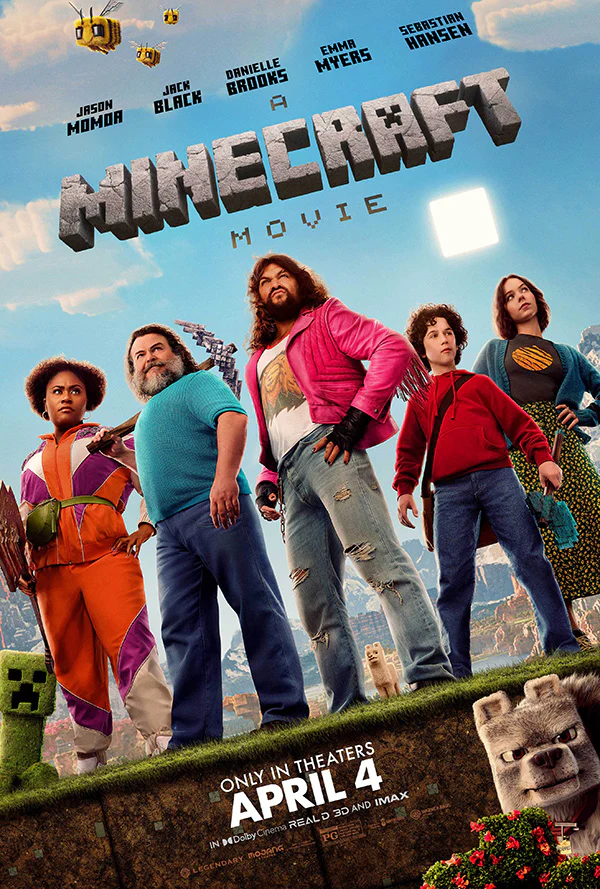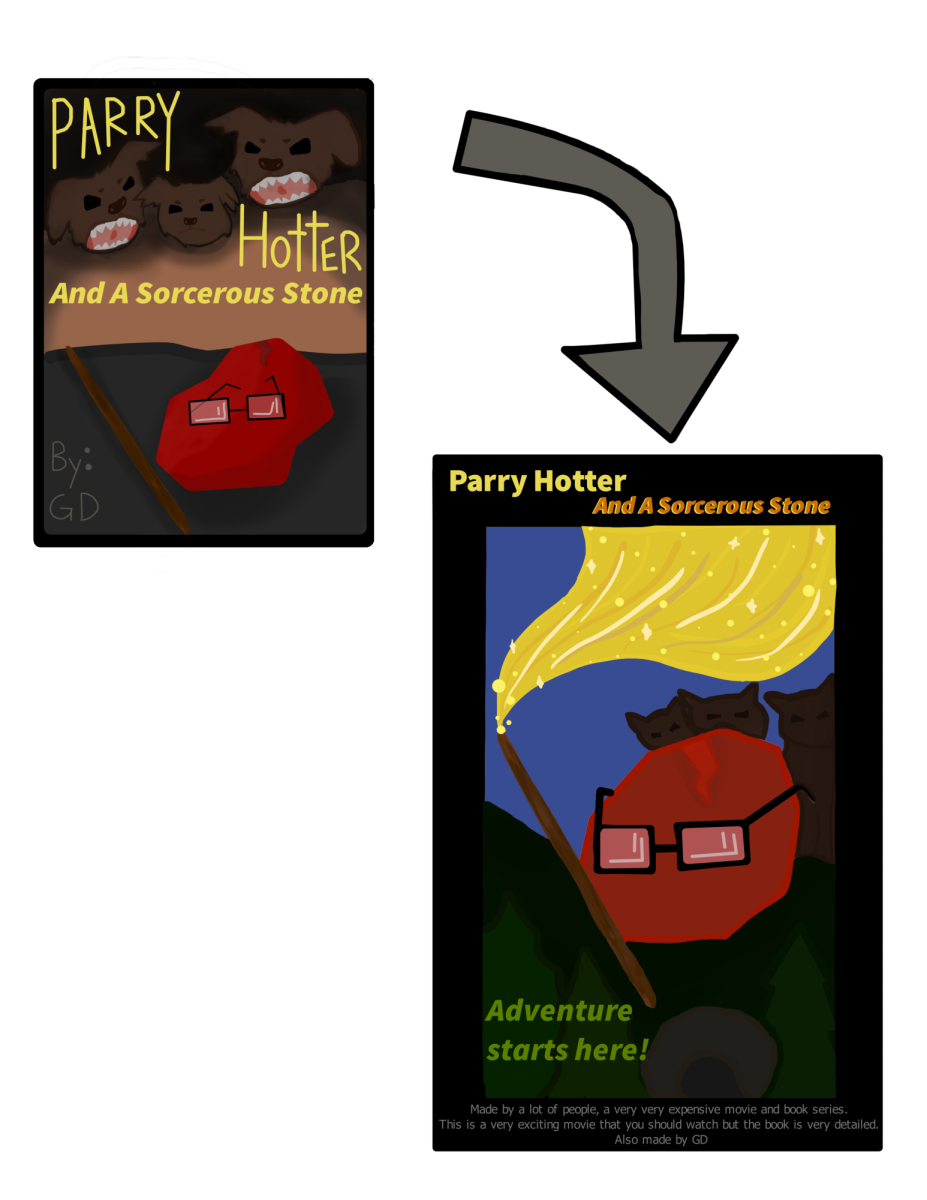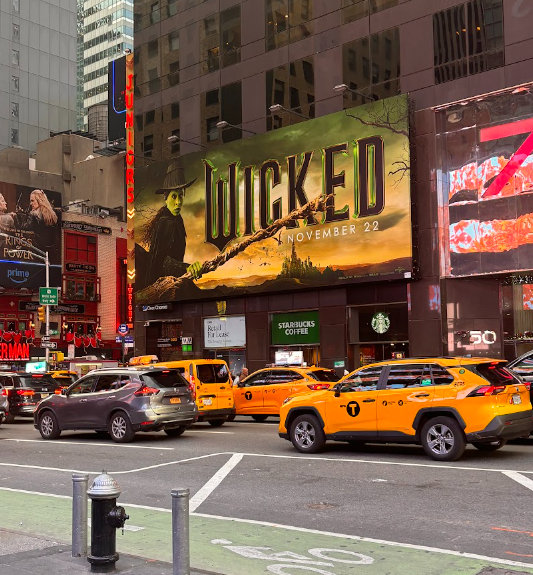According to a study by The Global Phenomena Report, Netflix consumes 15 percent of global internet traffic all by itself. No single service takes up as much internet traffic as Netflix.
Is this really a good thing? Everybody watching shows at their own pace? Isn’t there something to be said for the traditional way people used to watch TV, one show at a time, one week at a time, with everyone watching at the same scheduled hour?
Apparently not. Netflix has taken over, as evidenced by its 23 Emmy wins this year, tied for the most with HBO.
I have consumed my share of Netflix including the Netflix original, Master of None. It’s Netflix originals like this that have really become hits. In fact, last October everyone was talking about the second season of the Netflix original Stranger Things, but the conversation was very divided. There was a group of people talking about the season finale, a group who were about halfway done with the season and a group covering their ears because they hadn’t started.
The season came out on a Friday, and the next Monday, some people had already finished. Think about that. One weekend, that’s all it took for some people to digest a whole season of a show. Actually, for some people it was probably even less than a weekend- Netflix certainly encourages this binge watching with the seductive “next episode starts in 15 seconds” prompt. Who can resist watching one more? And why not another while we’re at it?
Wasn’t there something nice about setting aside time once a week for 30 minutes or an hour to tune into your favorite show on TV? You watch the show, enjoy the show and, ultimately, the show leaves you wanting more. So, you tune in next week and savor the show from September to May. Whereas with Netflix, a season may start at 2:00 p.m. on a Saturday afternoon and finish at 11:00 p.m. Saturday night.
The traditional way has a certain realness to it. Characters are growing from week to week for months. With Netflix, if a viewer does consume a whole season in one setting, characters only grow within the span of a couple hours.
Another important thing that has been lost: the communal aspect involved in watching a TV show. Take Seinfeld, for example (which by the way you can stream on Hulu, a poor man’s Netflix). After Seinfeld’s very controversial finale, everyone was talking about it. Some thought it was the perfect capper to a great show and some thought it completely ruined the show. People had different opinions, but they were all talking about the same thing. On May 14, 1998, 76.3 million Americans tuned in to watch the Seinfeld finale, and the next day, 76.3 million Americans were talking about a shared experience.
With the rise of Netflix, there soon won’t be any of these iconic collective pop culture moments. A show like Stranger Things is very popular and when it comes time for its series finale, there very well could be 76.3 million Americans who watch it — at 76.3 million different times. But please don’t tell me how it ends — I might binge watch it this weekend.














